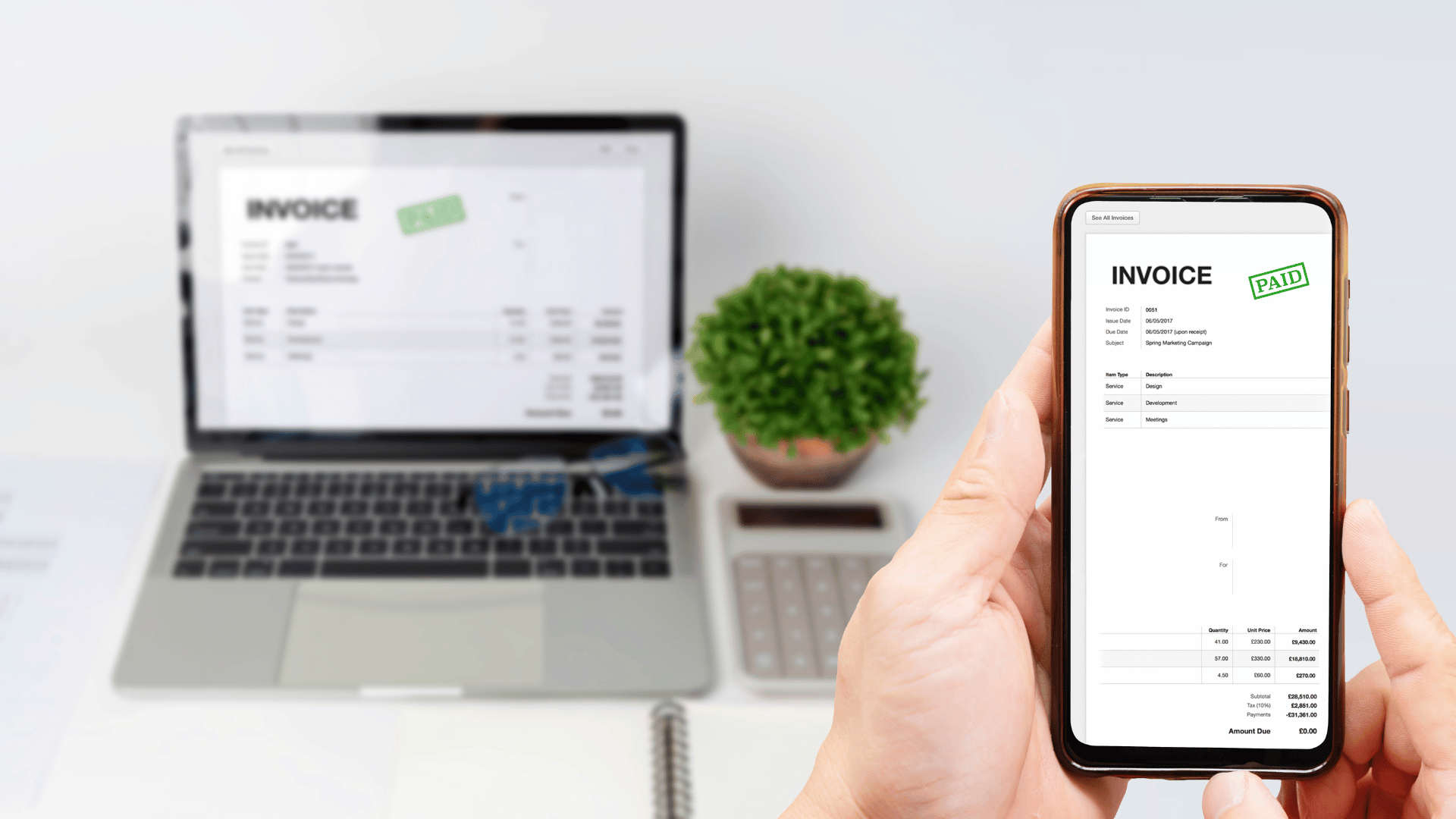As the retail industry continues to evolve, integrating e-invoicing with POS systems has become increasingly important. With Malaysia’s upcoming e-invoicing requirements for 2024, businesses must adapt to stay compliant and efficient. This article delves into the future of retail and the benefits of e-invoicing integration.
What is E-Invoicing?
E-invoicing is the process of sending and receiving invoices electronically. It replaces traditional paper invoices with a digital format, ensuring faster, more accurate, and secure transactions.
Benefits of Integrating E-Invoicing with POS Systems
- Compliance: E-invoicing integration helps businesses comply with local regulations, such as Malaysia’s 2024 e-invoicing mandate.
- Efficiency: Automating the invoicing process reduces manual entry errors, speeds up transactions, and improves overall efficiency.
- Cost Savings: E-invoicing reduces paper usage and printing costs, contributing to a greener, more cost-effective business model.
- Improved Cash Flow: Faster invoice processing means quicker payments and improved cash flow for your business.
Steps to Integrate E-Invoicing with Your POS System
- Choose the Right POS System: Ensure your POS system is capable of integrating with e-invoicing software. Our Zeoniq POS is an excellent choice for seamless integration.
- Set Up E-Invoicing Software: Work with your POS provider to set up the e-invoicing software and ensure it meets compliance requirements.
- Train Your Staff: Provide training for your staff to ensure they understand the new system and can use it effectively.
- Monitor and Optimize: Regularly review the integration to ensure it’s working smoothly and make adjustments as needed.
Conclusion
Integrating e-invoicing with your POS system is essential for staying compliant, improving efficiency, and saving costs. As the retail industry moves towards a digital future, investing in integrated solutions like Zeoniq POS will ensure your business remains competitive and efficient.




